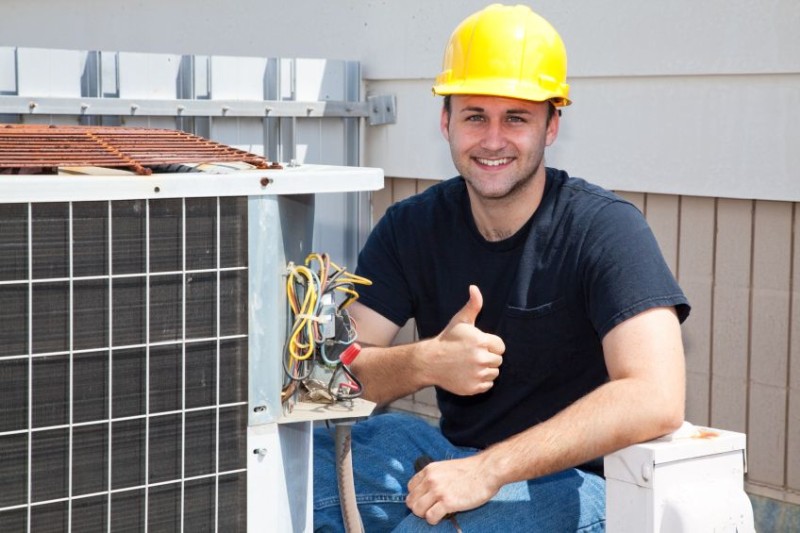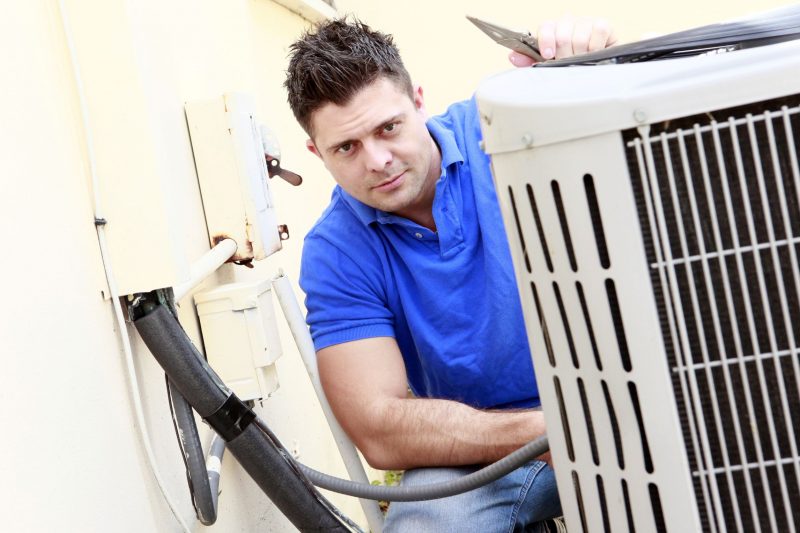The standard air conditioner is a classic example of a heat transfer system in operation. No matter what size, shape, or location, the AC functions the same. That is, the air conditioner accumulates heat from one area and transfers the collected heat to another location, usually outdoors. Air conditioners have been around for many decades and while these appliances have benefited from incorporating numerous advances in technology, they are still the same basic design. What makes this simple design so stable? There are numerous possibilities such as quality components or excellent assembly processes. However, the most important reason that so many units handle the tough job of cooling a home or business is the regular AC Maintenance that concerned owners have performed each year.
Consider maintenance as part of the normal work schedule. Simple processes such as cleaning the filter and washing any accessible locations is important, but the real maintenance work is in the procedures that the technicians will perform to ensure the AC is pumping cold air and that the air it puts out is at the right temperature. Cold air is produced by compressing a refrigerant and passing it through an evaporator coil. As the coolant collects heat, the metal of the coil gets chilled. This allows the AC to force air over or through the coil to spread that coolness around. This process is why it is important to have the refrigerant tested during AC Maintenance. Low coolant levels make the system struggle to remove heat.
If the AC is used to cool office buildings or factories, the unit could be pretty large. In many cases, these properties will have multiple systems to split the cooling load. Unfortunately, it can be difficult to keep all the vents and outlets thoroughly cleaned. There is an alternative and it’s known as the ductless, or split, AC. This variance on the common air conditioner uses a single condenser to pressurize the refrigerant, but instead of sending the chemical to a single coil, the ductless system routes it to several of them. This means that the owner has control over the temperature settings in different areas of the building.







